DRC refugee crisis: Thousands fleeing to Uganda
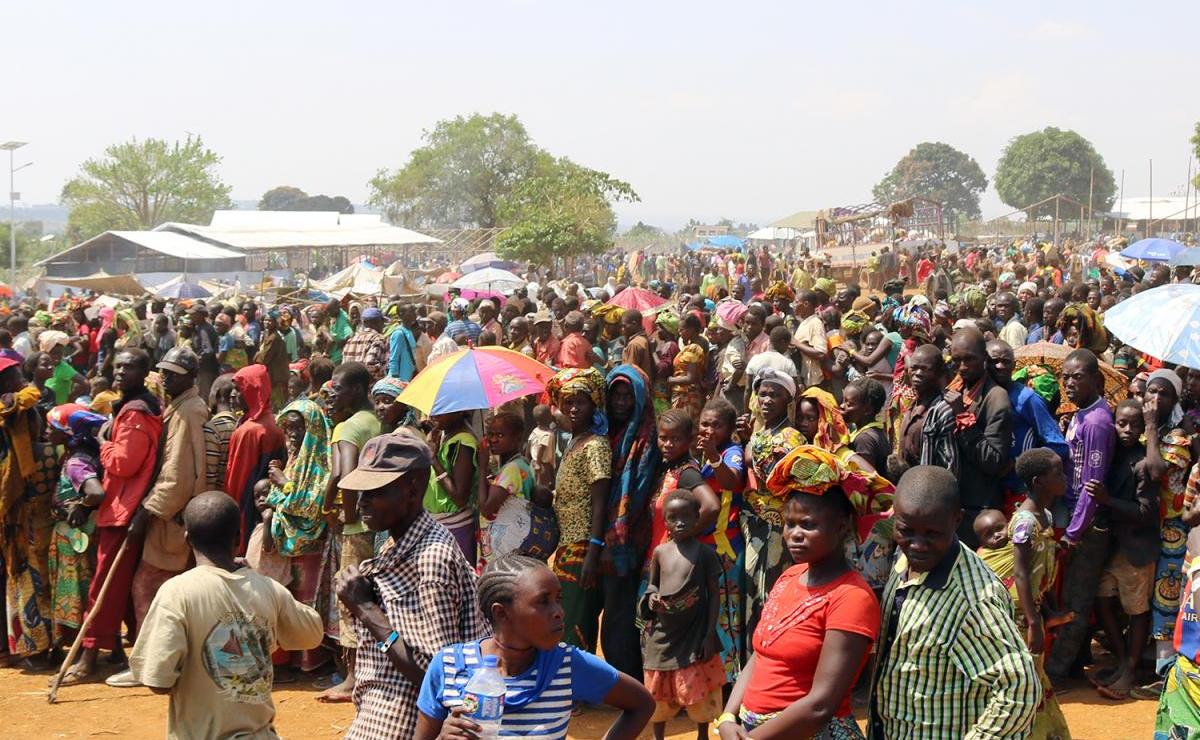
Hope across Lake Albert
22-year-old Timothy Gambo fled his home in Kaafa village, Democratic Republic of Congo with his 3-year-old son aboard his fishing canoe. He was joined by two biological brothers and two friends on 8/02/2018 on a journey to peace and safety in Uganda.
However, the journey turned treacherous. After sailing for over five hours on Lake Albert, the boat owned by Gambo, a fisherman capsized, drowning all apart from him and his little boy.
“I couldn’t save my brothers and friends, I watched them drown as I swam away with my boy tied on my back.” “I failed my boy, he slipped off my back and I didn’t see him again.” Said a distraught Gambo who swam for approximately 4 hours before reaching Lake Albert’s shores at Sebagoro landing site.
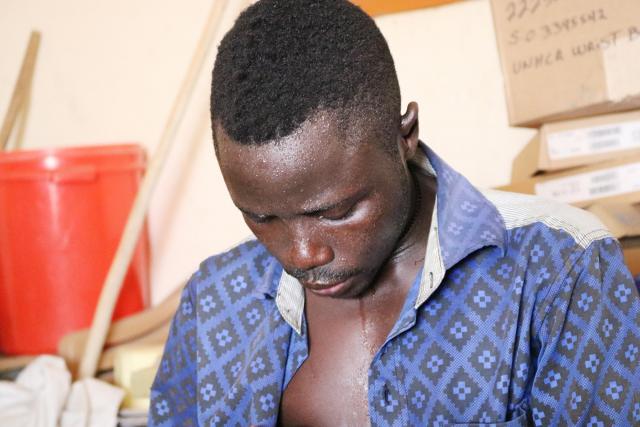
Gambo is just one of the thousands of Congolese refugees who are fleeing to Uganda for safety. According to a UNHCR report, Uganda currently hosts more than 242,406 Congolese refugees, has received 24,714 Congolese new arrivals since January, 2018 and is expected to receive 60,000 Congolese refugees this year (2018).
Majority of the new arrivals travelled by boat across Lake Albert, sailing for 5 to 8 hours and arrived at various landing sites in Western Uganda like; Sebagoro, Nsonga and Bugoma. Each of the passengers aboard a boat to Uganda pays at least UGX 20,000 for the journey.
The new refugee arrivals are fleeing Tchoma, Kasenyi, Joo, Bulambira, Nyamwamba, Varamo in Ituri province of DRC.
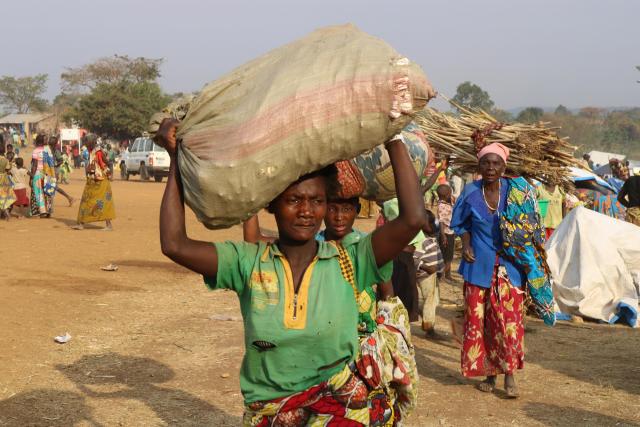
Tribal conflicts forcing Congolese away from home
New refugee arrivals, majority of whom are of Bagegere tribe report violence against them by people of the Lendu tribe.
“Lendus have been given arms and money to exterminate all the Bagegele.” “They slaughter, set our villages ablaze, loot our property and rape our women and girls before butchering them.” Said Kangu Muvalamu, a Mugegere by tribe and a new arrival at Sebagoro landing site.
Singoo Mbapendi, another new arrival and a Mugegere by tribe saying that “Our tribe has chosen peace over conflict, that’s why we have come here instead of staying in DRC and fighting the Lendus back.”
Other than tribal conflicts, some new refugee arrivals fled to Uganda from areas where Uganda People's Defence Force soldiers were fighting Allied Democratic Forces.
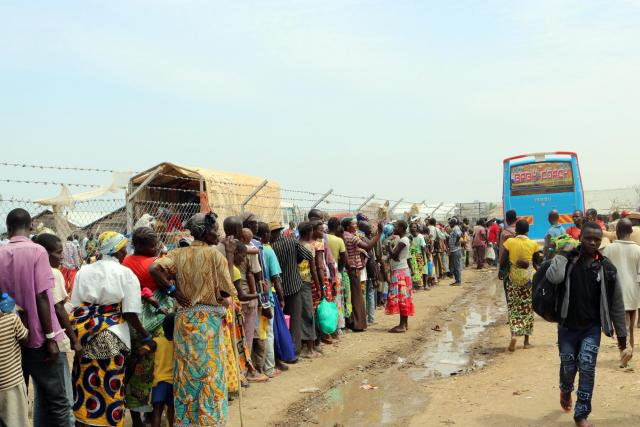
Tens of buses ferrying new arrivals to Kyangwali settlement
After registration, new refugee arrivals are ferried by UNHCR and OPM from landing/reception sites on Lake Albert like Sebagoro to Kagoma Reception Centre in Kyangwali settlement aboard busses. Their property is loaded and ferried by trucks to the same reception centre were owners pick it.
New arrivals are received at Kagoma reception centre where they are registered before being allocated plots in Malembo, Mombasa and Maratatu areas within Kyangwali refugee resettlement.
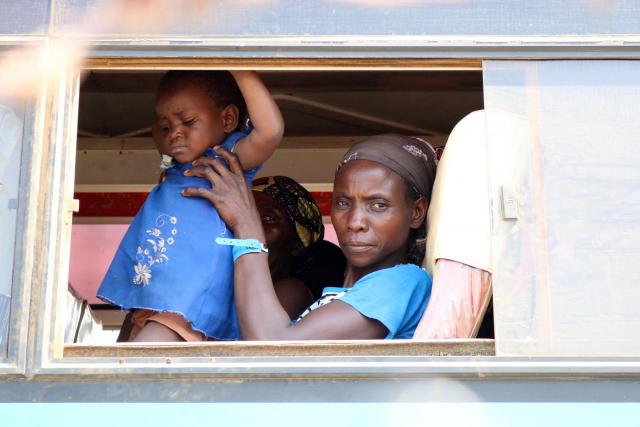
LWF is on ground supporting new arrivals
LWF’s team is on ground at Sebagoro landing site and at Kagoma Reception Centre, establishing sanitary and water access facilities, communal shelters among others.
“4 latrines of 4 stances each are under construction at Sebagoro, 16 of the same kind are being constructed in Kyangwali settlement with hand washing facilities; we are also installing 8 water tanks, solar lights in dark spots for protection and 4 communal shelters with a capacity of 100 people each.” Said Marvin Wasswa, LWF’s Programme Support Officer.
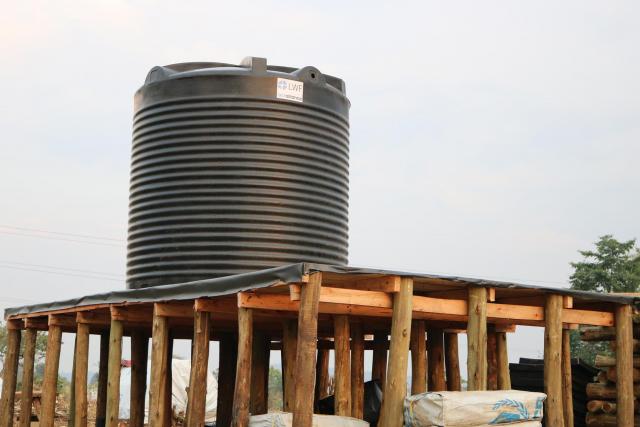
Wasswa continued to say that LWF has started rolling out protection services to new arrivals and those in the settlement. “Refugees not only deserve to be welcomed, but to also live in dignity, with access to all basics of life and within humanitarian standards.”
LWF’s humanitarian interventions in Kyangwali and Sebagoro are constrained by limited resources.
LWF’s humanitarian interventions at Sebagoro landing site and Kyangwali settlement are supported by the Swedish International Development Cooperation Agency (SIDA) through Church of Sweden and UNHCR.

